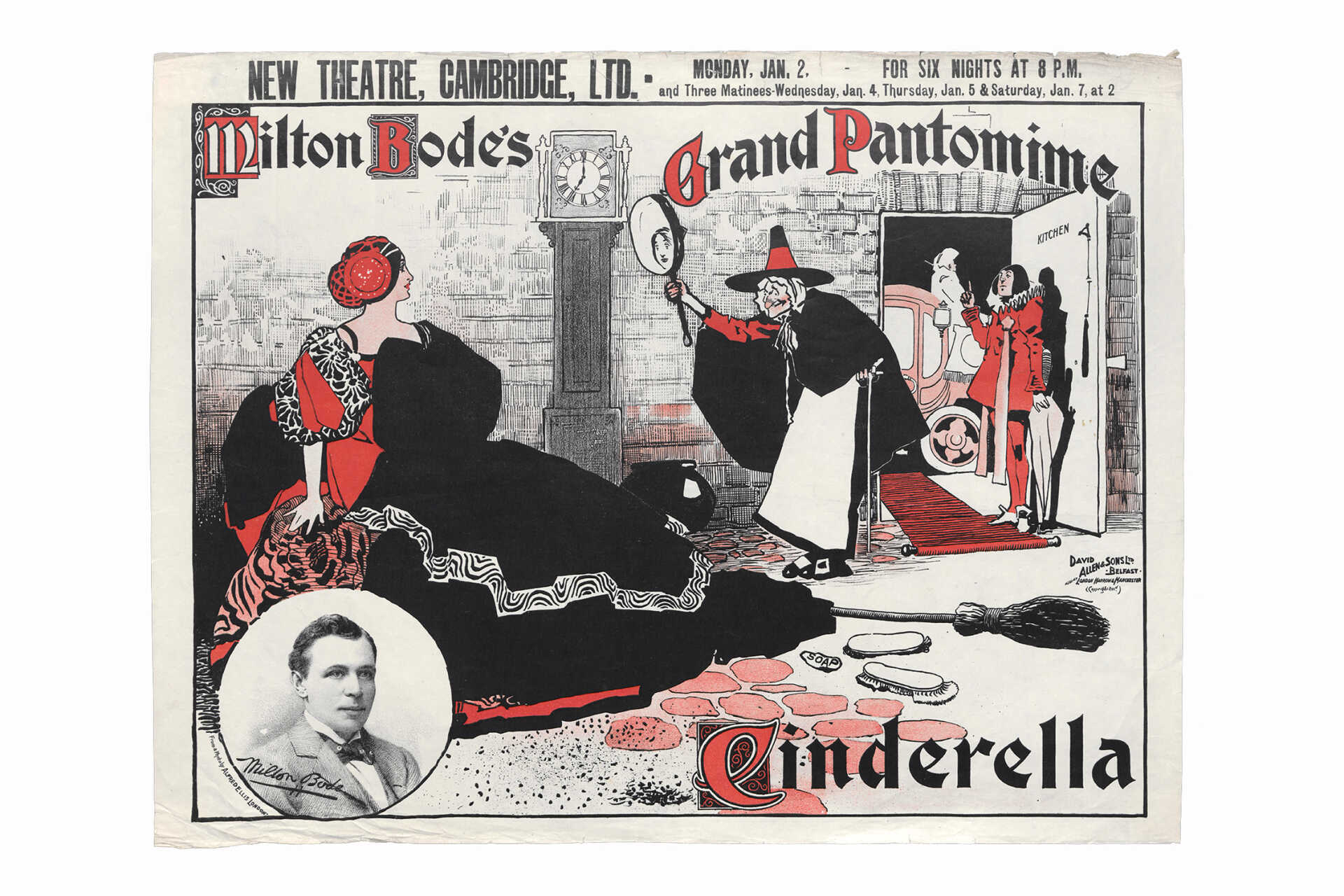
The University of Kent has collected theatre material since its inception in the 1960s, largely due to exceptional academic research in our Drama and English departments. We also have a strong Arts community on campus with the Gulbenkian Theatre's extensive programme which attracts student/staff shows, films, and national/international performances throughout the year.
Our collections include:
Our collections cover all areas of theatrical entertainment across Britain but some topics are covered extensively:
Our theatre material is a fantastic source for academic and personal research (or just for fun). The collections can be used for social history, personal and family history, architecture, tracing adaptations of particular plays, history of art and design, inspiration for contemporary performances, nostalgia and much more.
The University of Kent laid the foundation of its theatrical holdings in 1967, when it acquired the drama collection of the actor, the late Frank Pettingell. Apart from its size - it included some 4,400 plays, excluding duplicates - it had several unusual features. In provenance, the material came from 3 main sources, all originally 19th century. There were 2 groups of plays associated with different actor managers, Samuel Atkyns and Charles Henry Stephenson, only 36 of which are known to be published. The largest and most important collection came from the Britannia, an East End Theatre whose size rivalled Covent Garden and Drury Lane, and which is becoming of increasing interest for theatre research. This again is a rich source of unpublished material, including a major archive of plays by George Dibdin Pitt.
1,296 items are manuscripts or typescripts, and many are promptbooks obviously used in the theatre. It is these that are of greatest interest. The annotations, stage directions and diagrams, even down to such details as "W", ( the prompt to whistle up the next entrants by tube from the green room), give unique insights into nineteenth century staging and mise-en-scene. Over 70 of the printed plays in the collection, also are prompt books, but they have been cropped for binding, and any interleaving removed, so they are of limited interest.
Their relationship to the Lord Chamberlain's Collection of plays deposited for purposes of censorship and the granting of a performing licence, also offers scope for research. In some cases a copy appears not to have been deposited with the Chamberlain's office, which may only mean that the play was never performed. But in others, the acting copy is found to be much fuller than the "licensed" one. This questions the reliability of the Lord Chamberlain's texts, until now usually taken as an accurate source of unpublished plays.
Many of both the manuscript and printed texts have been annotated with date, theatre provenance, and cast list, by a previous collector, the actor Arthur Williams. The accuracy of this information, which sometimes varies from that in Nicoll's checklists, is still to be established, but as Williams was closely connected with at least one source of the collection, the actor-manager Charles Henry Stephenson, one would would expect that at least in some cases he has the more reliable information.
The collection's use as a research base has been increased by the steady acquisition of contemporary playbills, a resource important in its own right. This is further backed by the extensive library of secondary nineteenth century theatre books donated by Jack Reading and Colin Rayner, the Reading-Rayner Collection. The library also has runs of certain key theatre periodicals.
A third element is provided by the Melville Collection, from Mrs. Joan Melville, the last remaining member of a major theatre dynasty going back to 1860. This contains unique material, for the Melvilles jealously guarded information about their productions, including the playscripts, for fear of their being copied by the opposition. The collection consists of manuscripts, playbills, theatre music and memorabilia, which take the Templeman Theatre Collections forward into the early 20th century, when the popular acting traditions featured in the Pettingell Collection were being overtaken by film. In all, the various collections jointly make up a rich source of information about the development of popular theatre in England over some 200 years.
Professor Louis James,
School of English,
University of Kent